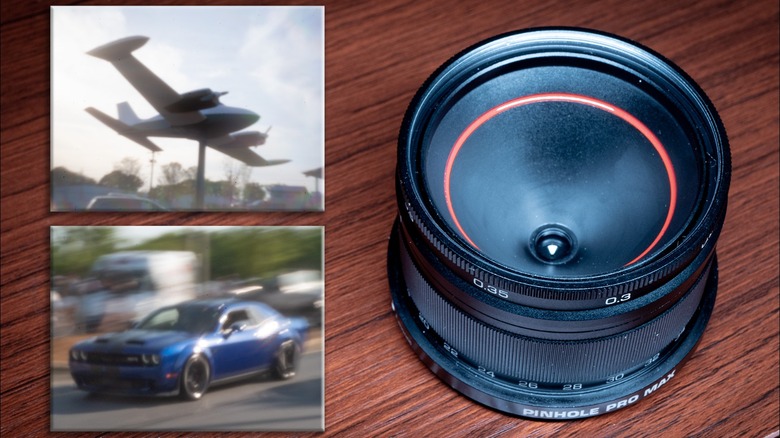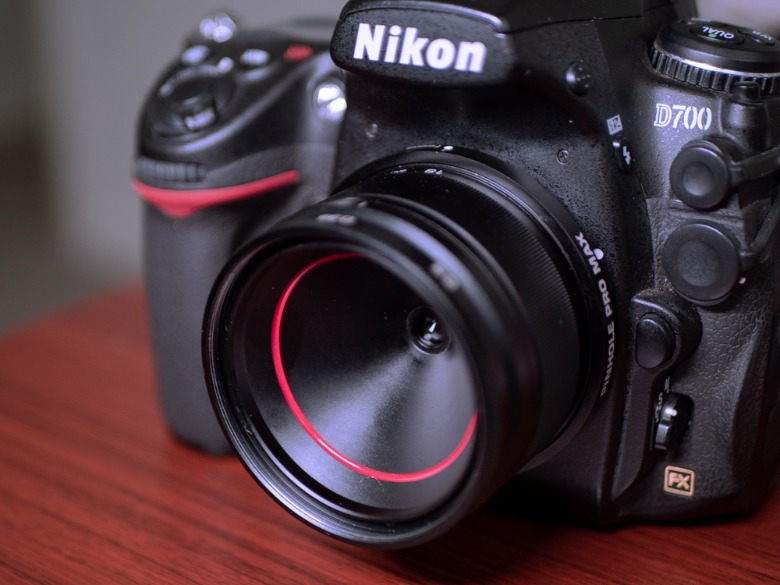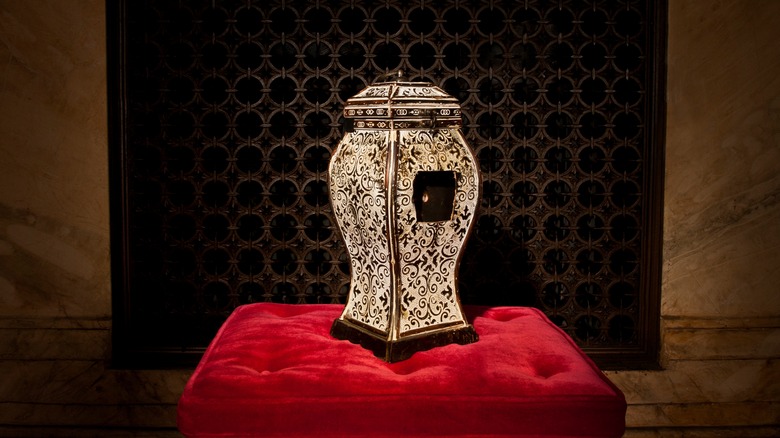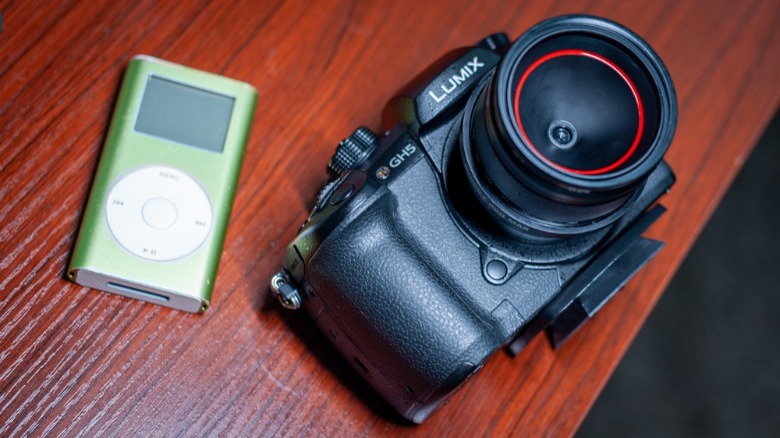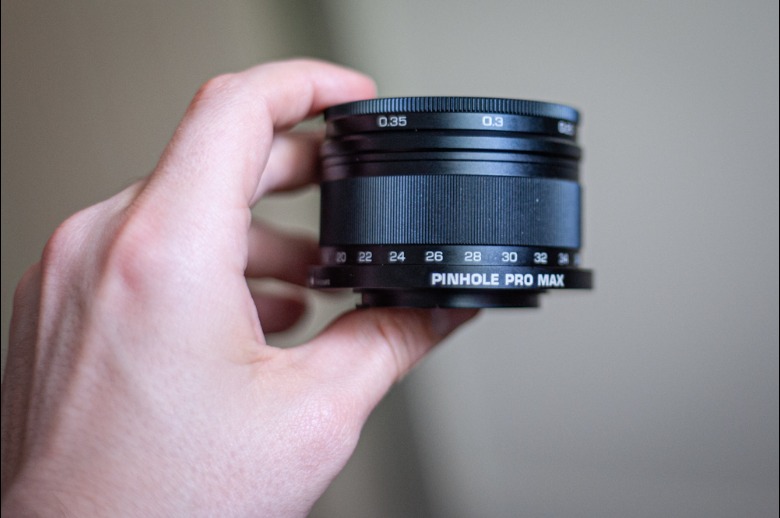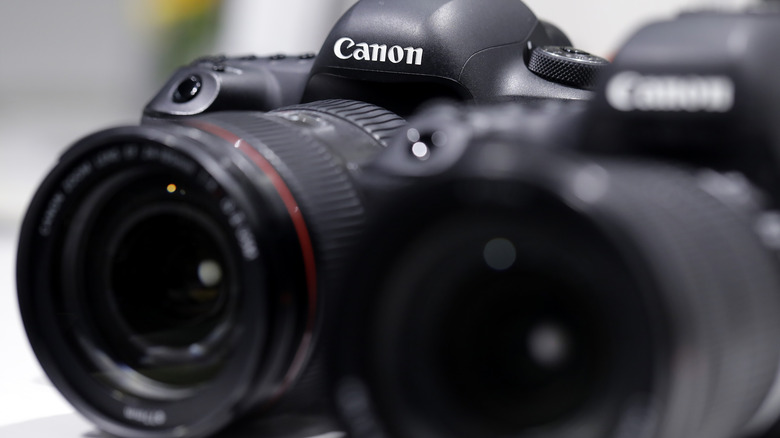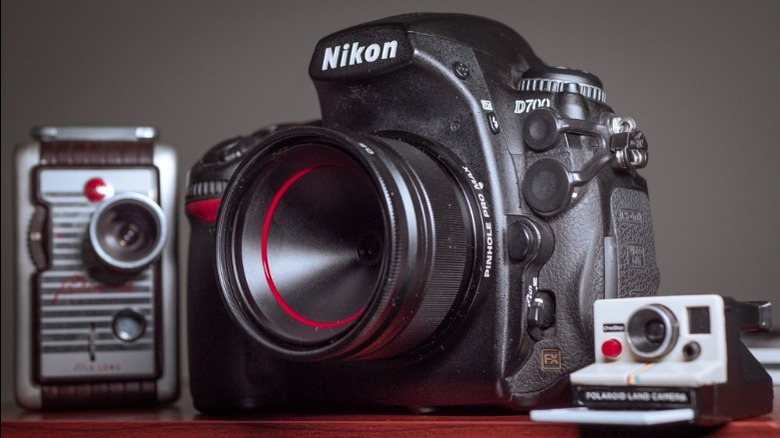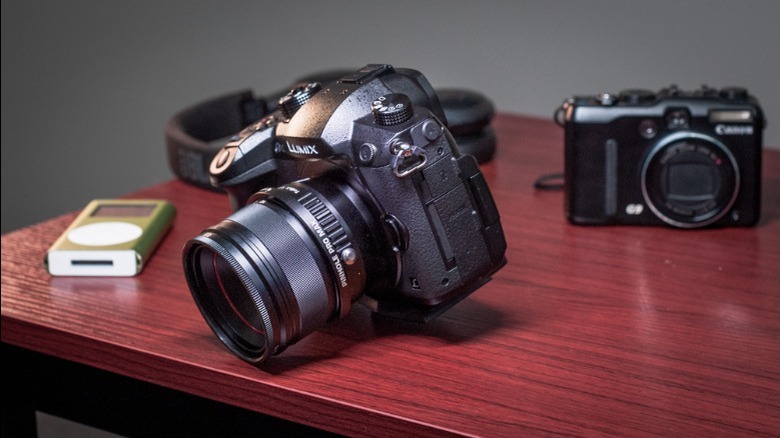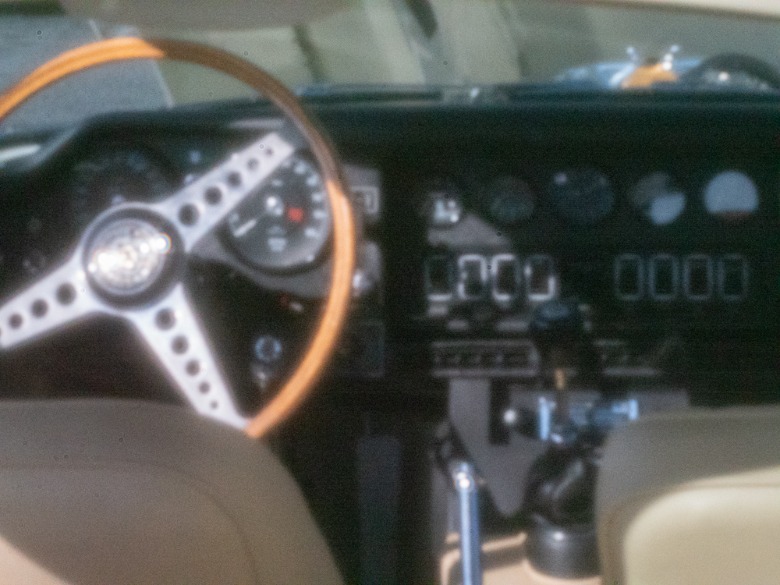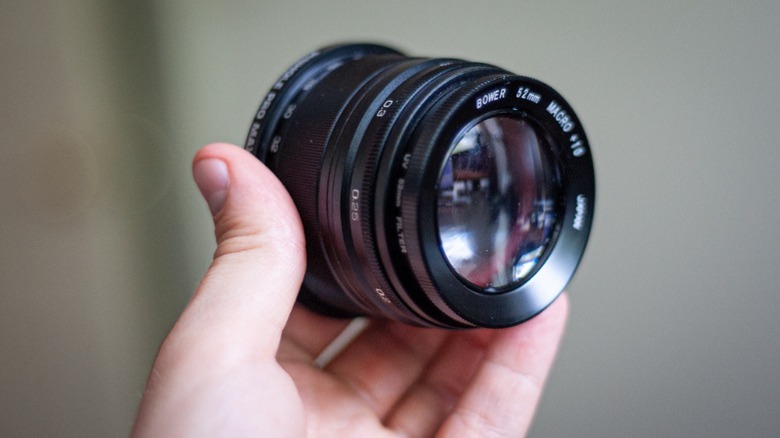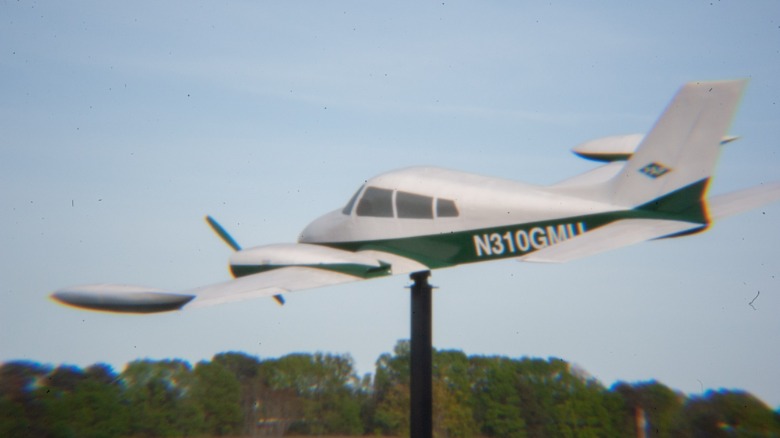Thingyfy Pinhole Pro Max Lens Review: Ancient Photography Goes Digital
The Canadian and Hong Kong-based company Thingyfy is preparing to release another product in its line of 'Pinhole Pro' specialty camera lenses. Known as the Pinhole Pro Max, this optic is unique among pinholes with an adjustable focal length, from 18 to 35 millimeters. It also features multiple aperture settings, allowing the user to select for image brightness, sharpness, or somewhere in between. Previously, the company had released lenses with zoom functions, as well as ones with adjustable aperture, but this new model combines the two features into one cohesive package.
Consumers can choose from a wide range of compatibility, with lens mounts available to fit DSLR and mirrorless bodies from Nikon, Canon, Sony, Pentax, Fuji, and the Micro Four Thirds system. Pre-orders for the Pro Max are currently available on Thingify's Kickstarter page, with discounted rates versus retail. Here we break down the upsides and downsides to an early production version of the pinhole fitting Nikon's classic SLR F-mount. Read on for impressions of the lens mounted on a Nikon D700, plus adapted to Panasonic GH5.
What is a pinhole lens?
First of all, a pinhole lens separates itself from nearly every other lens on the market by not using any internal glass elements whatsoever. The only thing transferring light to the camera's film or sensor is a tiny hole, which typically provides a dark and de-sharpened image. This presents many limitations during the photographic process, but can also grant a unique look.
Despite these drawbacks, pinholes hold an important place in the history of photography. This lens type was used by the first devices that could functionally be called cameras. The first recorded use of pinhole cameras dates all way back to ancient China, around 500 B.C (via UC Berkely). When combined with a rudimentary darkroom, it became known as a camera obscura. Users would place themselves inside the camera and be able to view an image of the outside world projected upside-down on the wall of the darkroom. About 1,000 years later, the camera obscura was commonly employed by Renaissance artists in order to view and trace realistic reference images (via BBC).
Around the same time, users began to realize they could flip the projection using mirrors, and that they could put glass elements in front of the pinhole to produce a higher fidelity image. Skip to the mid-1800s, and scientists were experimenting with photosensitive chemicals. Putting them behind the lens in order to capture the image projected by the camera obscura. Thus, the modern art of photography was born (via PBS).
Pinhole Pro Max first impressions
One of the main selling points of the Pinhole Pro series over cheap or home-made alternatives is the fact that these lenses are made using machined aluminum, with precision-drilled apertures. It definitely gives the lens a sturdy, premium feel, and the impression that it will be able to last a long time. However, we would like the engagement on the zoom ring to be smoother. It takes quite a bit of effort to move throughout the focal range, and feels like it could use some extra lubrication. Instead of adjustable aperture blades, the Pro Max uses a revolving selection of pre-drilled holes at the front of the body. There are 'hard stops' at each aperture setting, so the user knows when their selection is in place.
On the other hand, we feel like these hard stops are too much on the soft side. It's easy to knock the aperture ring out of alignment, and get lopsided light distribution. Another value-added feature by Thingyfy is the inclusion of a 58 millimeter filter thread on the front of the body, allowing photographers to experiment with things like tinted glass. A drawback is that this thread is installed on the same component making up the aperture ring, so it always wants to spin freely when attempting to add or remove attachments. You may want to screw a basic UV filter onto the front, just to prevent any dust from entering your camera body through the pinhole.
Lens characteristics
Using the Pinhole Pro Max is almost an entirely different experience than shooting with a modern lens. Unlike glass optics, which have certain depths of sharpness, the pinhole displays the same level of softness all around the frame. Light also comes at a premium. You'll have to soak in as much as you can using either boosted ISO sensitivity or slow shutter speed. Often a combination of the two. In anything but broad daylight, bring a tripod for multi-second exposures. Living subjects will have to stay very still, just like in the old days.
There isn't a dramatic difference between the 18 and 36mm focal lengths, but the zoom is handy for slightly reframing shots on the fly. The six aperture settings range from a .5mm diameter pinhole, down to an almost microscopic .15mm. Stepping the lens down causes even less of that precious light to hit the sensor. In theory, the smallest hole should be the sharpest, but I loved the .25mm setting. All images will be low sharpness, low contrast, and low saturation.u00a0The softness and low fidelity of the pinhole will give almost any environment a dreamy, ethereal feel. Shadows turn gray instead of black, and moving objects leave behind ghostly trails. The unique optical characteristics also mean that every bit of dust on the camera's sensor will be showing up visibly in every image. Pointing the lens towards the sun causes aggressive, colorful flares that usually overwhelms an entire frame.
Camera Compatibility
The full list of mount options for the Pinhole Pro Max are Canon EF, Canon RF, Nikon F, Nikon Z, Sony A, Sony E, Fuji X, Micro 4/3, and Pentax K. The press literature for the lens states that it uses a "universal mount" that can be used on multiple types of camera bodies. However, when we got the product, the F-mount on it didn't appear to be interchangeable.
Disassembling the optic would take a tiny Allen key. I procured one, but the bolts on the rear side of the pinhole were too tight to get loose by hand. After shooting some questions to the Thingyfy rep, the company confirmed that the mount is not supposed to be swapped out. Hopefully, the language used by the brand doesn't confuse too many consumers. Since the pinhole doesn't have any electronics, it can be adapted to other bodies, but there are some downsides that we'll mention with our GH5 impression.
Pinhole Pro Max on Full Frame DSLR
As our lens was a Nikon F-mount, we primarily tested it on the trusty D700 DSLR. Its full frame sensor and decent high ISO performance made it a great pairing with the pinhole. With steady hands, non-shaky shots can be made at around 1/30 of a second exposure. One downside of the old school Nikon's design is that images rendered through the optical viewfinder were excessively dark, or just invisible. We were shooting blind much of the time.
The D700's metering system also had no clue how to deal with the lens, especially with an extra slow shutter. There was a lot of trial and error that went into making sure the images were properly exposed. Of course, raw files can be used to touch them up after the fact. Both our issues could be solved using a mirrorless camera with an electronic viewfinder, or in a newer DSLR with decent live view capabilities.u00a0
Brave photographers could also mount the pinhole on film SLR bodies, if they really want to burn through some rolls of Kodak.
Pinhole Pro Max on Micro Four Thirds
Using an adapter, we were able to mount the lens on the mirrorless Panasonic GH5. However, the adapter increased the distance between lens and sensor, resulting in an even darker image than what would be had with a native Micro Four Thirds mount. The tiny sensor of the GH5, along with increased ISO noise, made shots outside of direct sunlight extra difficult.
However, the Panasonic had a couple of advantages. One is its metered live view, and the other is the in-body image stabilization. With active sensor-shift, hand-held shots were achievable at around 1/15 of a second shutter speed. The GH5 can also shoot video through the pinhole, but sunlight will be required. Boosting sensor gain too much will also result in a muddy image, and high frame rate shooting will be nearly impossible.
If we had to recommend a particular body to pair with this lens, it would be a mirrorless camera with a full-frame sensor and stabilization, uniting the strengths of both the D700 and GH5. Notable examples are Sony's Alpha 7 series, Canon's R line, and Nikon's Z7.
Pinhole Plus Diopter Glass
As soon as I saw the filter thread on the Pinhole Pro Max, I had a hunch that screwing a glass diopter ring (usually used to decrease close focusing distance) onto it would result in a sharper image. With the ring mounted, we immediately found our hunch to be correct. It also increased the effective focal length of the lens, giving it more of a telephoto look. United with the cheap add-on, the pinhole was able to get greater fidelity and take in more light by leaving its aperture at the widest setting.
With the diopter, this lens really comes to life. It starts to resemble a Petzval lens from the 1800's, with sharpness towards the center of the image and swirling softness around the edges. Highlights also give off heavy chromatic aberrations, adding to the dreamlike nature of the optic. This is a good method to get a feel for shooting with the pinhole, although purists would probably consider it cheating to put glass on top of the glass-less lens.
Stacking multiple diopters brings the focusing distance much closer to the camera, making macro photography possible.
Final thoughts
The Pinhole Pro Max is currently available through Kickstarter at $219. Thingify plans to sell it for nearly double that at retail, with a $428 price tag. Even at the discounted rate, that's a lot to ask for what amounts to a novelty lens. The build quality, however, does feel like it's made to last. The included filter thread also allows for additional photo experimentation. At this price, I wish the ergonomics of the aperture and zoom rings were better, and that it had a truly universal mounting system.
The company does also offer cheaper options. For instance, the older Pinhole Pro S can be had for only $69 on B&H Photo. That model has a fixed aperture and focal length, but it can still achieve the same signature soft look.
I don't recommend the Thingyfy pinhole as a first lens, or a second — maybe a third, if you're looking to really expand the types of shots you take. This product would be a neat gift for the photographer who already has everything else. It also presents an interesting challenge, forcing the user to change their shooting style and work within narrow limitations. Utilizing much older, even ancient, technology can teach you to be a more well-rounded and skilled shooter.
